
Navy Victoria
Network
Proudly supported by the Melbourne Naval Committee
Lieutenant Commander Kenneth Robert Hudspeth, DSC and 2 Bars, RANVR
|
Early Life
Kenneth Robert Hudspeth, was encouraged by his father to be aware of
the bushland, and became a keen bushwalker in Tasmania’s south-west
region. He was also interested in all water activities and
subsequently became a Sea Scout and crewed local cruising yachts. With such involvement, Kenneth never lost his deep interest in
maritime matters.
On finishing school Kenneth, following in his father’s footsteps
became a trainee in the Tasmanian Education Department and was
assigned to Hythe area school in the suburb of Southport following
training.
Early Career
During the Battle of the Atlantic up to 20 percent of all A/S
Officers were Australian RANR/RANVR serving in the Royal Navy (RN). Hudspeth departed for the UK in the “Imperial Star” in January. Postings then followed in quick succession and included; HMS Ferret and HMS Clarkia. After gaining his Bridge Watchkeeping Certificate and serving 15 months on North Atlantic convoy escort duties in 1941 & 1942, he volunteered for submarines and was posted to HMS Dolphin, HMS Cyclops (Submarine Depot Ship) and from October 1942 to August 1944, HMS Varbel I and II.
Hudspeth was promoted LEUT RANVR on 15th January 1943 and assigned for
commanding officer duties in Midget Submarine “X-Craft”. His first
command was X-Craft X10. The Admiralty had requested volunteers for special and hazardous service, stating they must be below 24 years of age on selection, unmarried, be good swimmers and of strong and enduring physique”. After volunteering and selection interview at HMS Dolphin Hudspeth was accepted without an explanation of what ‘hazardous service’ was. He was subsequently posted to HMS Cyclops then HMS Varbel where he commenced training (and was told what hazardous service he’d just volunteered for). Training commenced immediately in the new midget submarines known as X-Craft. Midget Submarines Specifications – X-Craft
Operation Source: 22nd September 1943
X5 was the Mission commander commanded by Commander LEUT “Henty”
Henty-Creer RN who was Australian born. X6 was commanded by LEUT
Donald Cameron RNR and X7 commanded by LEUT Godfrey Place RNR. These
three X-Craft were detailed to attack the SMS Tirpitz. X5 was lost
with all hands either during the attack or withdrawal (there is no
definitive record), although the Admiralty refuses to dive on the
wreck (located in 1974) to check if, in fact, they had deployed
their two tons of explosives and were actually sunk on their escape
from completing their attack on Tirpitz. Both X6 and X7 succeeded in
damaging their target, although both X-Craft were forced to the
surface within the anti submarine net around the Tirpitz. Both were
craft were scuttled. Two X7 crew members never escaped their craft. The six surviving crew members were taken as prisoners of war
(POW’s). Both CO’s Cameron and Place were awarded the Victoria
Cross.
On the 18th September 1943, X8 commanded by LEUT J Smart RNVR was
en-route to attack the SMS Lutzow (Pocket Battleship). It was under
tow by its mother submarine, HMS Sea Nymph when the tow line parted. It was found the next day. As LEUT Smart had been forced to jettison
both saddle charges during the passage X8s participation in the
mission was cancelled. Unfortunately, X8 was scuttled on the 18th
September and the crew returned to the “mother” submarine for
passage home.
X9 commanded by SBLT E.V. Kearon RNVR and X10 were designated to
attack SMS Scharnhorst on the 16th September 1943. Unfortunately, X9
under tow from HM Submarine Syrtis had dived and failed to surface
on the same day. It was found the towing hawser had also parted. All
four of its crew were lost.
X10’s target was the SMS Scharnhorst, believed at the time of
departure from home base to be at anchor astern of the SMS Tirpitz
in the Kaa Fjord. Unknown to X10 as at 1300, 12 September when she
left base under the tow of HM Submarine Sceptre, the Scharnhorst had
slipped her moorings on the morning of 22 September and headed to Alten Fjord to undertake Gunnery practice. Subsequently, Scharnhorst
received a signal from Tirpitz advising she’d been under attack and
had been torpedoed. As a consequence, Scharnhorst did not return to
her berth in the Kaa Fjord. This situation unknown to LEUT Hudspeth
became important post mission.
After slipping her tow from HM Submarine Sceptre at 2000 on 20
September, X10 dived to test her trim. All was satisfactory, so
course was set for the allocated target SMS Scharnhorst. Given known
technical reliability issues with the X-Craft it is not surprising
that Hudspeth was beset with multiple mechanical break downs. First
the periscope motor started to smell pungent when raised and
lowered, then the motor burnt out and the craft filled with fumes. Next the Gyro compass failed as did the magnetic compass light,
finally the boat started to leak above the switchboard and all fuses
blew. Every crew member, regardless of trade, was put to work in an
endeavour to rectify the defects and hopefully resume X10 its
mission. At 0215, X10 bottomed out at 195 feet just 4 miles from Kaa
Fjord and where it was presumed SMS Scharnhorst was at anchor. Finally, one of the two side saddles (explosives) flooded. It seemed
little else could go wrong? LEUT Hudspeth asked his crew if they wanted to proceed to their target in the condition they now found themselves in. All responded yes. After serious consideration as their CO and having heard multiple explosions at 0815 from the other attacking X-Craft, he weighed carefully if he should continue and if forced to the surface, the consequences of losing both his craft and crew. He also considered the impact on other craft successfully attacking their targets. X10 stayed bottomed all day then at 1800 Hudspeth called off the mission and limped back down the Fjord to the rendezvous for return to Loch Striven, Scotland.
LEUT Hudspeth was awarded a DSC (Distinguished Service Cross) “for outstanding courage and devotion to duty.” (London Gazette, 11 January 1944). His citation read: “For outstanding courage whilst in command of HM Submarine X10 during Operation Source in September 1943. This submarine penetrated Alten Fjord on 22 September 1943 to within four miles of where Tirpitz was lying. LEUT Hudspeth bottomed in this position in enemy waters throughout 22 September while he and his crew worked in trying conditions to make good the vessel’s defects. The attempt was in vain and LEUT Hudspeth had to come to the correct though bitter decision to withdraw, when so near his goal. The successful double passage of the approaches to Alten Fjord required determination and skill of a high order. The application and endurance shown in the attempt to remedy defects deserve credit. The information this Officer was able to bring back was of great value”. The last comment refers to Hudspeth hearing the explosions from the attacks made by X-6 and X-7 as their crews had been killed or captured and thus unable to report their success.
Operation Postage Able: 17 to 21 January 1944
Two X-Craft (X20 and X23) were shipped by rail from Loch Striven
(Scotland) to Portsmouth (south coast) for the operation. The
original crew from X10 that was scuttled on its return from the
aborted SMS Scharnhorst raid (Sep 43) were reassigned to X20 where
they practised passage in the shallow waters of the Solent. Due to
last minute “second thoughts” by senior officers, the first planned
COPP mission was carried out by small surface craft. The planners
were concerned about the possible discovery by the enemy of an
X-Craft operation close inshore. Lieutenant Hudspeth was awarded a Bar to his DSC “for courage and undaunted devotion to duty in a hazardous operation.” (London Gazette, 4 April 1944). The more complete citation read: “For outstanding courage and devotion to duty whilst commanding HM Submarine X20 in hazardous operations. He showed great coolness, grasp and ability in manoeuvring his X-Craft submerged in shallow water close under enemy defences during the first attempt at putting Combined Operations Pilotage Parties on beach reconnaissance on a heavily guarded position of an enemy coast, in unknown and unpleasant conditions during the period 17 to 21 January 1944”. Operation “Gambit”: 2 to 6 June 1944 of the Normandy Coast This operation was part of the overall D-Day Naval Operation known
as “Operation Neptune”. Basically both craft had to approach the
British / Canadian allocated sector beaches and position themselves
at the outer markers of Sword (X23) and Juno (X20). Their role was
to sit it out until the allocated time and date of the invasion,
then surface and act as navigation beacons for landing force craft
heading to the two beaches. With D-Day set for Monday 5 June 1944, both X-Craft left their
berths at Fort Blockhouse and set course to exit the east gate on
the Portsmouth Boom Defence. Operation “Gambit” had commenced. It
was Friday 2 June at 2130 hours. The X-Craft were under tow by two
trawlers the Darthem (X20) and the Sapper (X23), they broke their
tow the next day and headed for what are now known as Sword and Juno
invasion beaches. They positioned themselves (submerged) on the 4
June to be the leads for the biggest invasion force the world had
ever seen. The X-Craft needed to ventilate every five hours to draw in fresh
air. They also had to confirm their allocated station by periscope
sightings each evening. At 2200 daily they tuned into the BBC news
broadcast for any coded message that would confirm the landings
would commence the following morning. During one such broadcast, the
code was transmitted that the invasion landings would be delayed due
to weather (at the UK end) for a day. As their supplies were
limited, especially oxygen backup (in bottles) this message caused
some concern onboard X20. Their mission on D-Day was to illuminate
mast head beacons (to sea) from the deck and periscope to give the
landing armada a tested navigation course to their landing beaches
of Sword and Juno. The allocation of operation names is of interest. In this case the
Admiralty had chosen Gambit which, as in Chess, a piece is risked so
as to gain advantage later! No words were ever so true for X20 and
X23. For this mission not only did they carry extra crew but enough
equipment to open a deep sea fishermen’s store! Before departure
Portsmouth they stowed onboard the following kit:
The crew were given fake identification papers and told if the
mission was aborted they were to swim ashore make contact with the
local resistance who would help them return to England. That is of
course, if they weren’t drowned or shot by German sentries. If they
survived and escaped, they still had to find the local resistance
which was easier said than done. Essentially, they were on their own
if the mission was aborted. X20 positioned herself off Juno Beach less than a mile and a half
from the coast on Sunday 4 June 1944. When the coded message was
received it simply read “trouble in Scarborough” so X20 manoeuvred
into deeper water to wait until Tuesday 6 June, the new D-Day. At
0502 the periscope was raised along with the telescopic mast, lights
affixed (looking seaward) the radio beacons and echo sounders
activated……the final phase of the invasion of Europe was about to
commence! X20 had completed her mission successfully so had X23, so the crew
hunkered down had breakfast and waited until it was time to get
themselves off the beach and rendezvous with their two craft for a
well-deserved return to Portsmouth. For his service in the D-Day operations LEUT Hudspeth was awarded a second Bar to his DSC “for gallantry, skill, determination and undaunted devotion to duty during the landing of Allied Forces on the coast of Normandy.” (London Gazette, 28 November 1944). The full citation read: “For gallantry, skill, determination and undaunted devotion to duty whilst commanding HM Submarine X20 during Operation Gambit, the Combined Operations Pilotage Parties beach reconnaissance of the French coast prior to Operation Neptune and the landing of Allied Forces on the coast of Normandy”. After D-Day LEUT Hudspeth was posted back to HMS Varbel (12th
Submarine Flotilla – Midget X-Craft) and was involved in training
new crew, he also wrote a manual on X-Craft operations, something he
was well suited for having been a teacher prior to his war service.
On 10 September 1945 LEUT Hudspeth was posted to HMS President
pending return to Australia and demobilisation. He embarked on the
passenger liner “SS Aquitania” leaving Southampton on 28 October and
arrived in Tasmania in early December 1946. His service concluded at
HMAS Huon on 5 February 1946 Post demobilisation, Hudspeth continued to serve in the Reserve, was Post war Hudspeth obtained his teaching diploma and returned to his
pre-war occupation as a teacher with the Tasmanian Department of
Education. He became the warden of “Werndee”, a hostel in Hobart for
junior and trainee teachers. Then followed several appointments to
several schools in northern Tasmania before becoming Principal, and
Superintendent of Building for the Education Department throughout
Tasmania. Kenneth Hudspeth retired from education in 1979 aged 61. In 1959 he married English born Audrey Nicholson whom he had first met while on leave in the United Kingdom during the war. They kept in touch after his return to Australia and eventually he proposed. They later had three sons, Andrew, David and Donald. None followed in their father into the services. In retirement Ken followed his interests in music and literature, although his main interest was anything maritime, and he was heavily involved in work with the Tasmanian Maritime Museum and the preservation of Hobart’s rich maritime history.
Kenneth Robert Hudspeth died in Hobart on 3 December 2000. Sources:
Sea Power Centre Australia |
 Lieutenant
Commander Kenneth Robert Hudspeth, RANVR was one of many Royal
Australian Naval personnel whose service in Royal Navy units during
the darkest days of World War 2 has gone largely unnoticed in
Australia. This story of the self-reliant and courageous LCDR Hudspeth who completed several hazardous missions in the then
SECRET, X-Craft (midget submarine) earned him the Distinguished
Service Cross and two Bars.
Lieutenant
Commander Kenneth Robert Hudspeth, RANVR was one of many Royal
Australian Naval personnel whose service in Royal Navy units during
the darkest days of World War 2 has gone largely unnoticed in
Australia. This story of the self-reliant and courageous LCDR Hudspeth who completed several hazardous missions in the then
SECRET, X-Craft (midget submarine) earned him the Distinguished
Service Cross and two Bars.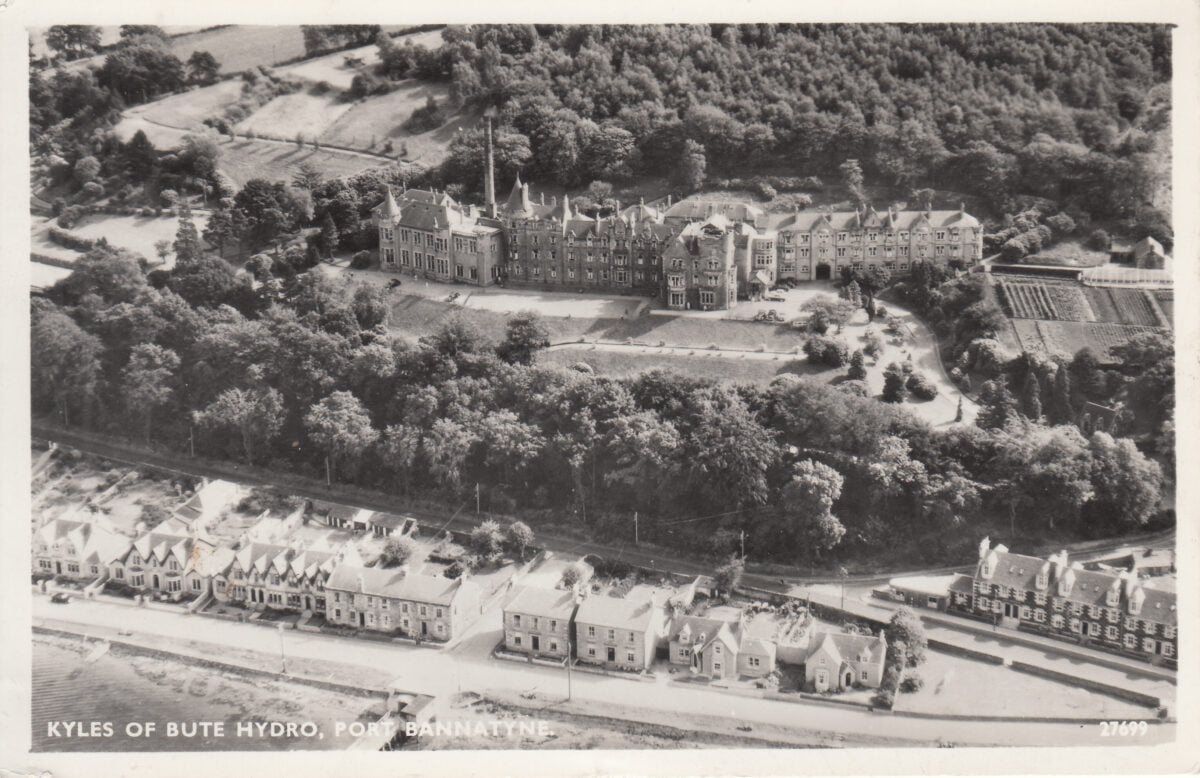
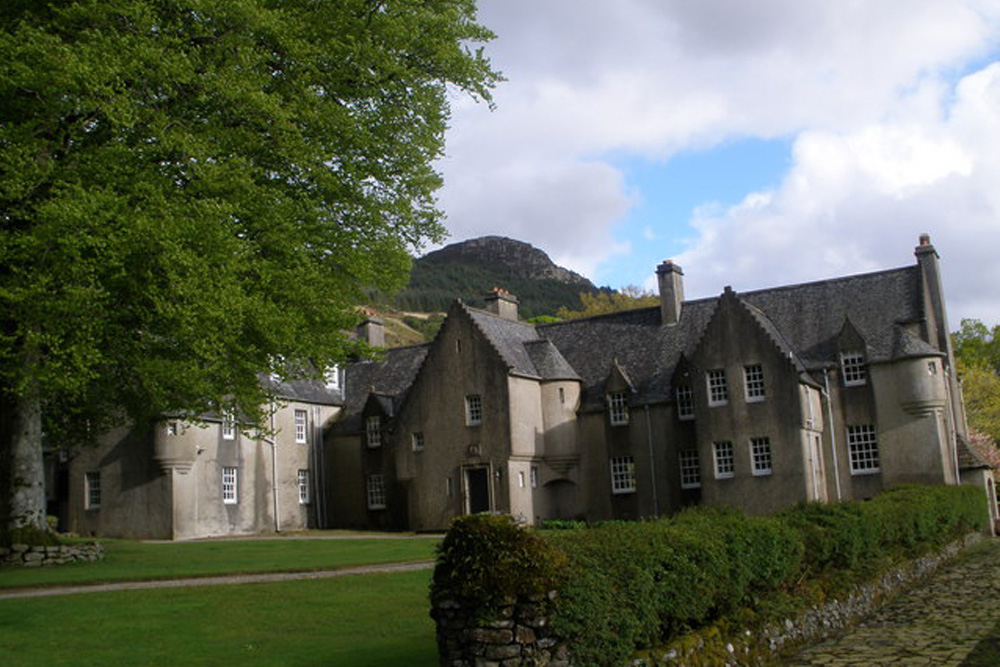
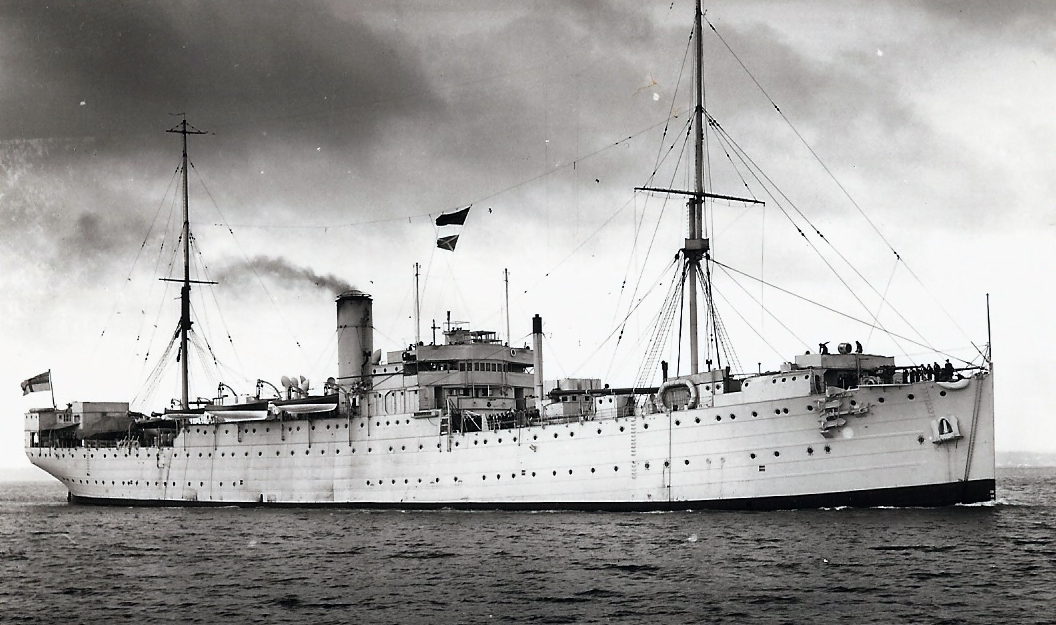
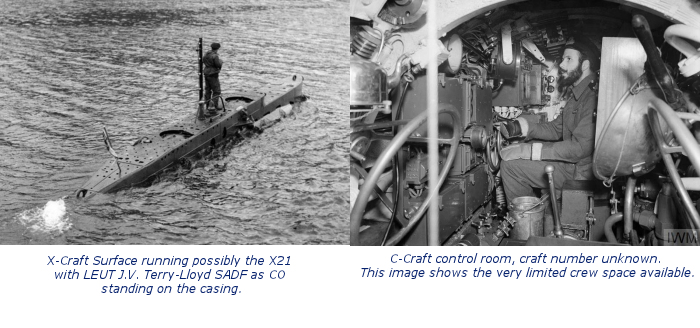
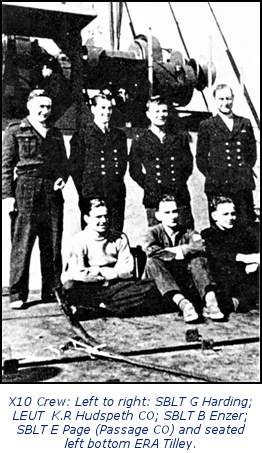 Other crew members of X10, unofficially named “Excalibur”, the
legendary sword of King Arthur, included; SBLT Bruce Enzer RNVR, 1st
LEUT SBLT Geoff Harding RNVR and Diver, ERA Tilley (who been
seconded from fleet submarines). Harding was the youngest of all
X-Craft crewmen, he’d just turned 19. Passage CO was “Ernie” Page, a
tall, red-bearded Irishman.
Other crew members of X10, unofficially named “Excalibur”, the
legendary sword of King Arthur, included; SBLT Bruce Enzer RNVR, 1st
LEUT SBLT Geoff Harding RNVR and Diver, ERA Tilley (who been
seconded from fleet submarines). Harding was the youngest of all
X-Craft crewmen, he’d just turned 19. Passage CO was “Ernie” Page, a
tall, red-bearded Irishman.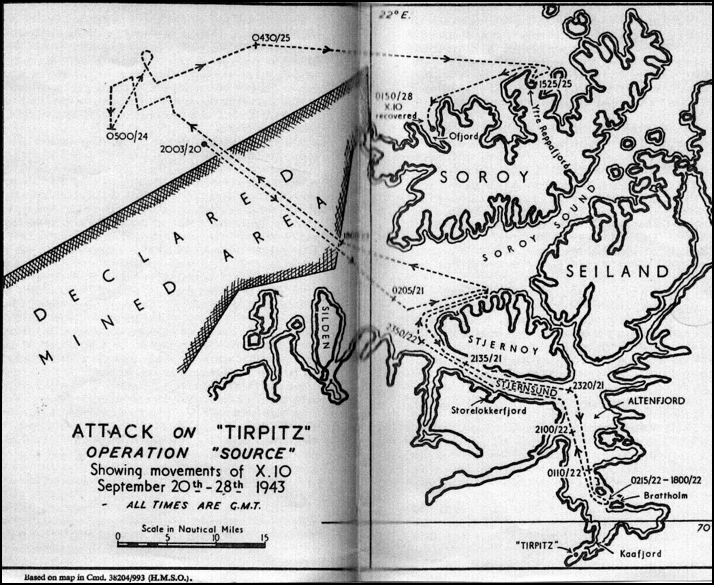
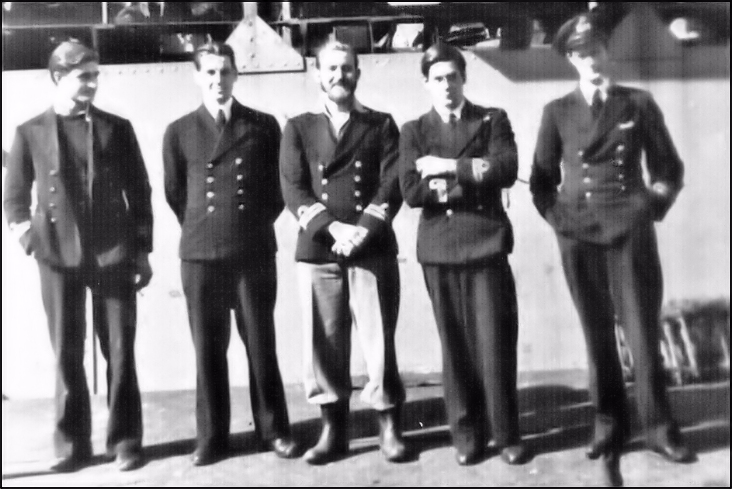
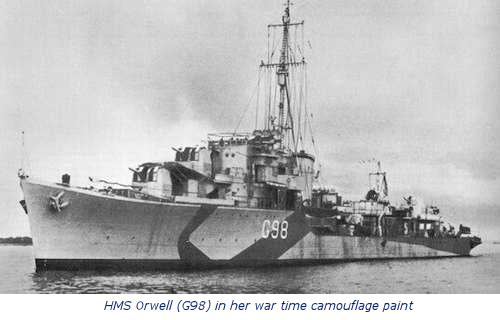 On the 23 September 1944 LEUT Hudspeth was posted to HMS Orwell
(G98) an Oscar Class destroyer and back to his old trade as an
Anti-Submarine Officer. The Orwell had been launched on 2 April
1942, commissioned 17 October 1942 and assigned immediately to North
Atlantic and Russian Convoy duties. LEUT Hudspeth served under LCDR
John Randall Gower, CO from 15 July 44 through to 16 October 1945. During Hudspeth’s time onboard most sailings were on the Russian run
north until returning to Scapa Flow at the end of April 1945 Orwell
rejoined the Home Fleet and assumed duties as required. During this
period LEUT Hudspeth served as First Lieutenant until released from
his RN service.
On the 23 September 1944 LEUT Hudspeth was posted to HMS Orwell
(G98) an Oscar Class destroyer and back to his old trade as an
Anti-Submarine Officer. The Orwell had been launched on 2 April
1942, commissioned 17 October 1942 and assigned immediately to North
Atlantic and Russian Convoy duties. LEUT Hudspeth served under LCDR
John Randall Gower, CO from 15 July 44 through to 16 October 1945. During Hudspeth’s time onboard most sailings were on the Russian run
north until returning to Scapa Flow at the end of April 1945 Orwell
rejoined the Home Fleet and assumed duties as required. During this
period LEUT Hudspeth served as First Lieutenant until released from
his RN service.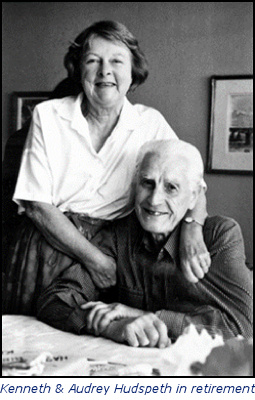 promoted to LCDR on 31 December 1951 eventually resigning his
commission on the 21 January 1965. Thus ended, a distinguished
career of 25 years in war and peace in the RN, RANVR and post war
RANR.
promoted to LCDR on 31 December 1951 eventually resigning his
commission on the 21 January 1965. Thus ended, a distinguished
career of 25 years in war and peace in the RN, RANVR and post war
RANR.